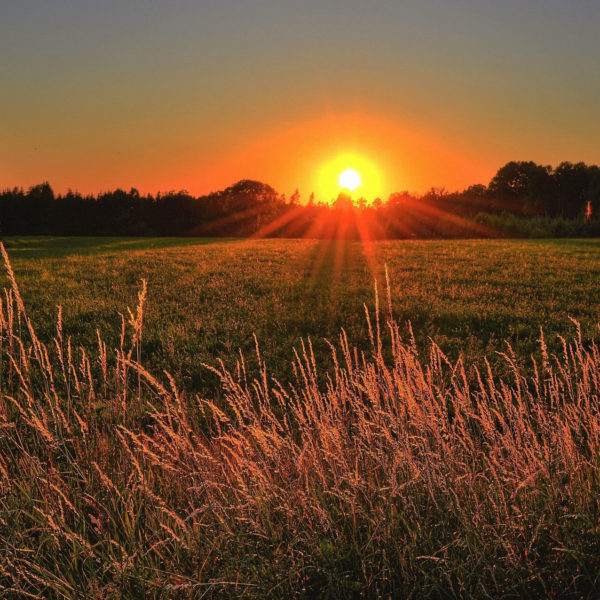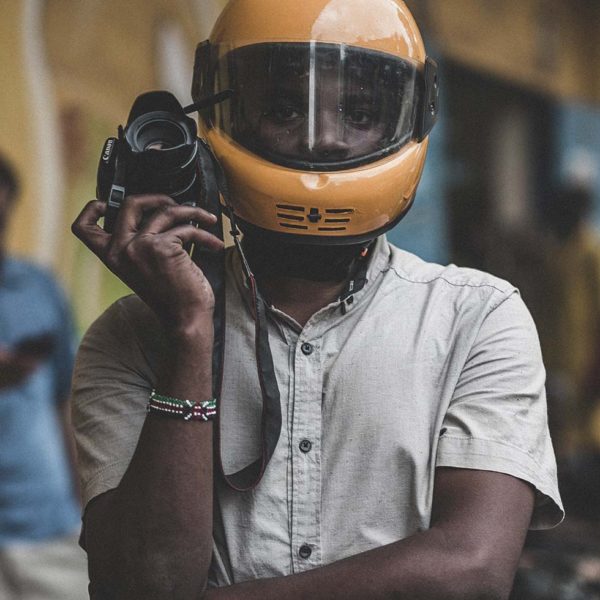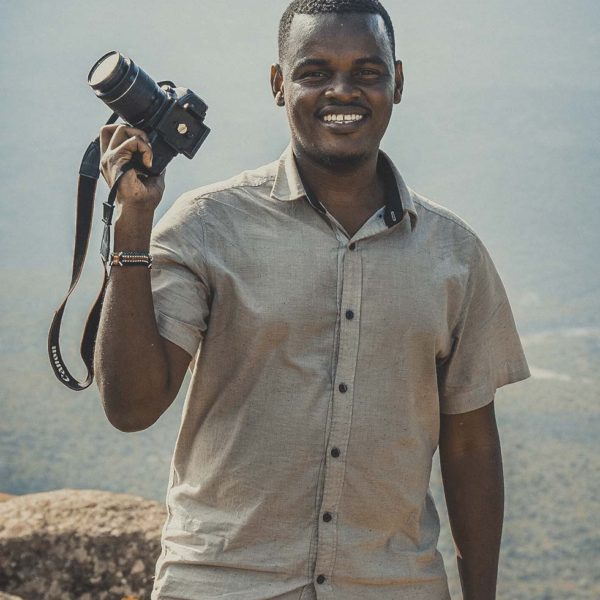The famous Maasai warrior mostly reside within Narok and Kajiado counties. The Maasai are a very independent people who, hitherto, have strived to maintain their traditions as an integral part of their lifestyle. They are considered part of the land, as wildlife and vegetation, and by nature are not hunters, but depend on their livestock for their livelihoods. Major towns are Narok and Oloitoktok, a Maasai village on the border of Tanzania, in the shadow of Kilimanjaro, where the manyatta and the red maasai shuka are a way of life. The Kenyan Samburu are probably more elegantly dressed, with their red shukas, lance in hand and hard muscles.
The Kenyan coast is a place with a long and exotic history and is distinguished, at first glance, from the rest of Kenya, with its distinctive Swahili culture derived from the Arabic influence on the coast. In the fourteenth century, intermarriage between Arabs, who traded spices and slaves, with local Bantu tribes gave rise to the Swahili people and the Swahili language as a medium of communication, for the purposes of trade. Mombasa city is warm and moist and has a relaxed atmosphere, with locals dressed in traditional garments moving as slowly as possible in the scorching heat. Arabic influence is evident in the architecture, clothing and food. The city has the most vibrant nightlife in the country.
In Kitui, you will find the Kamba tribe, some of the most skilled wood carvers in the world.
Other interesting places, rich in art and culture, are located in Western Kenya. In the region are Ruma National Park, with its volcano Homabay Mount Homa, Kendu Bay, the Rusinga and Mfangano islands, Simbi Nyaima, Thimlich Ohinga and Crying Stone near Kakamega. A whole mix of cultures are to be found here; the Luo, Kisii, Turkana, Kalenjin, Pokot and Luhya
Chalbi desert is home to some of the most interesting cultures and tribes; the Samburu, Turkana, Marakwet, Pokot and El molo. These people have had very little contact and influence with the outside world, unlike the Masai. Their major forms of livelihood are livestock keeping and fishing.
Start Filming


















